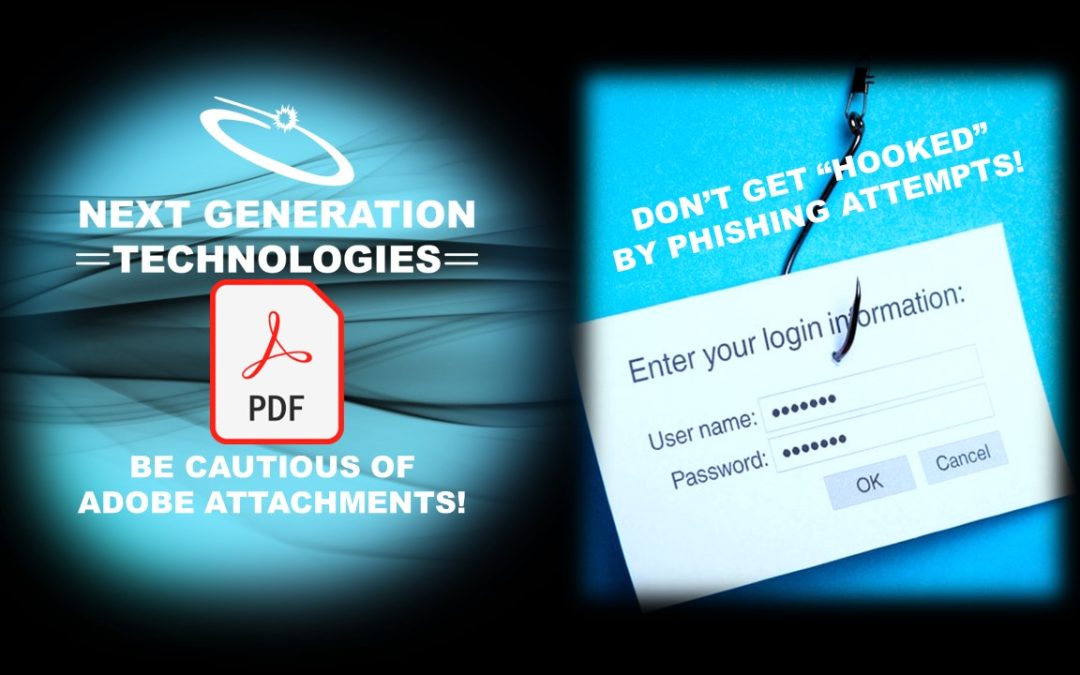There has recently been an outbreak of Adobe attachment emails that contain a fake login to Microsoft. These emails look convincing and may trick you into giving away your login credentials. It is important to be aware of this type of phishing attack to protect yourself and your sensitive information.
Phishing attacks have been around for a long time, but they continue to evolve and become more sophisticated. In this case, the attackers are using Adobe attachments to deliver their malicious payload. These attachments may appear to be harmless, but they actually contain a fake login page for Microsoft. Once you enter your login credentials on this fake page, the attackers can steal your information and use it for malicious purposes.
To protect yourself from this type of attack, it is important to be aware of the signs of phishing emails. Some common signs include:
- The sender’s email address is suspicious or unfamiliar.
- The email contains urgent language or asks you to take immediate action.
- The email contains a suspicious attachment or link.
- The email contains grammatical or spelling errors.
If you receive an email that you believe may be a phishing attempt, do not click on any links or attachments. Instead, hover your mouse over the link to see if the URL is legitimate. If you are still unsure, contact the sender directly to verify the authenticity of the email.
In addition to being cautious about email attachments, it is also important to keep your software and operating system up to date. Many software updates contain important security patches that can protect you from known vulnerabilities.
In conclusion, the recent outbreak of Adobe attachment emails that contain a fake login to Microsoft is a reminder to be vigilant against phishing attacks. By staying aware of the signs of phishing emails and keeping your software up to date, you can protect yourself and your sensitive information from cybercriminals. Stay safe online!
As always, NGT is here to help!
Contact ngthelp.com with questions.
